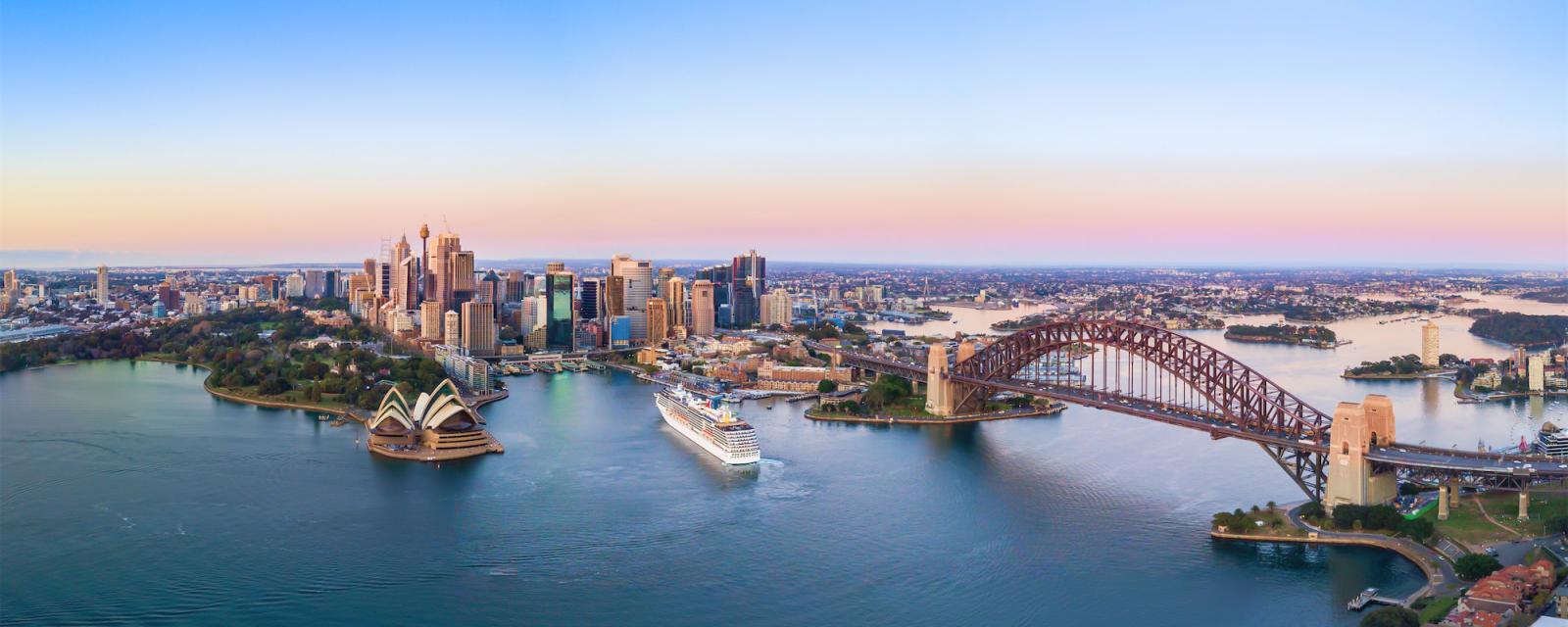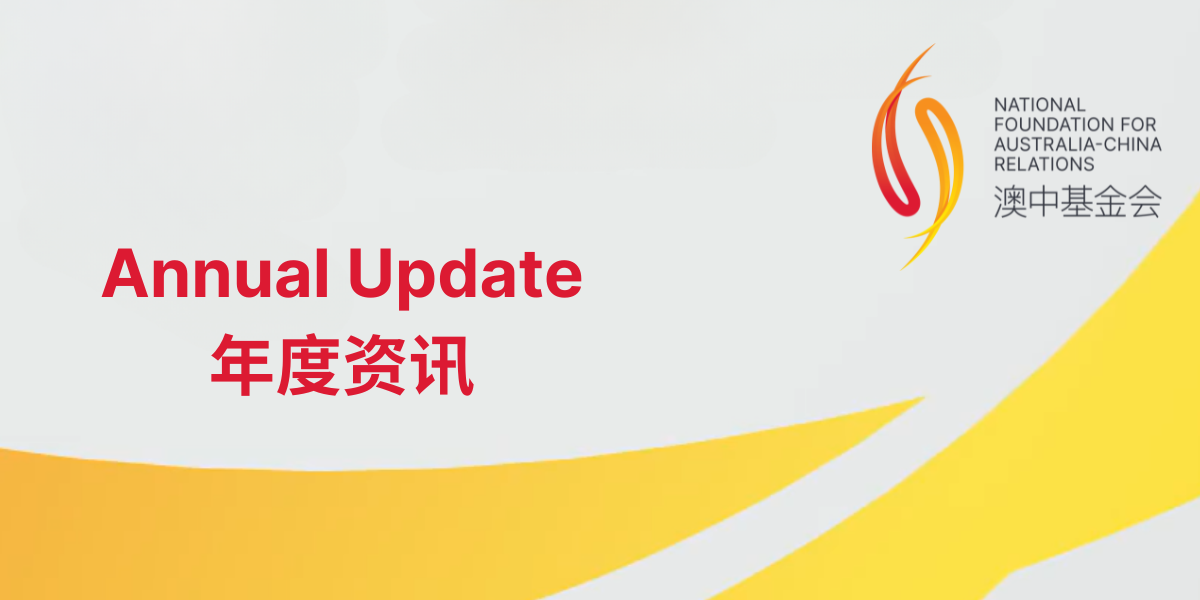
The National Foundation for Australia-China Relations is pleased to release its Annual Update 2023-24, with highlights of our grants, activities and events over the previous financial year.

Typhoon? Heatwave? Cities are where we often experience the effects of climate change first hand. This puts them at the forefront of dealing with the effects of climate change challenges. The Shared Pathways program by University of Melbourne’s Melbourne Centre for Cities connects city officials from Australia and China to encourage practical exchange on climate action.
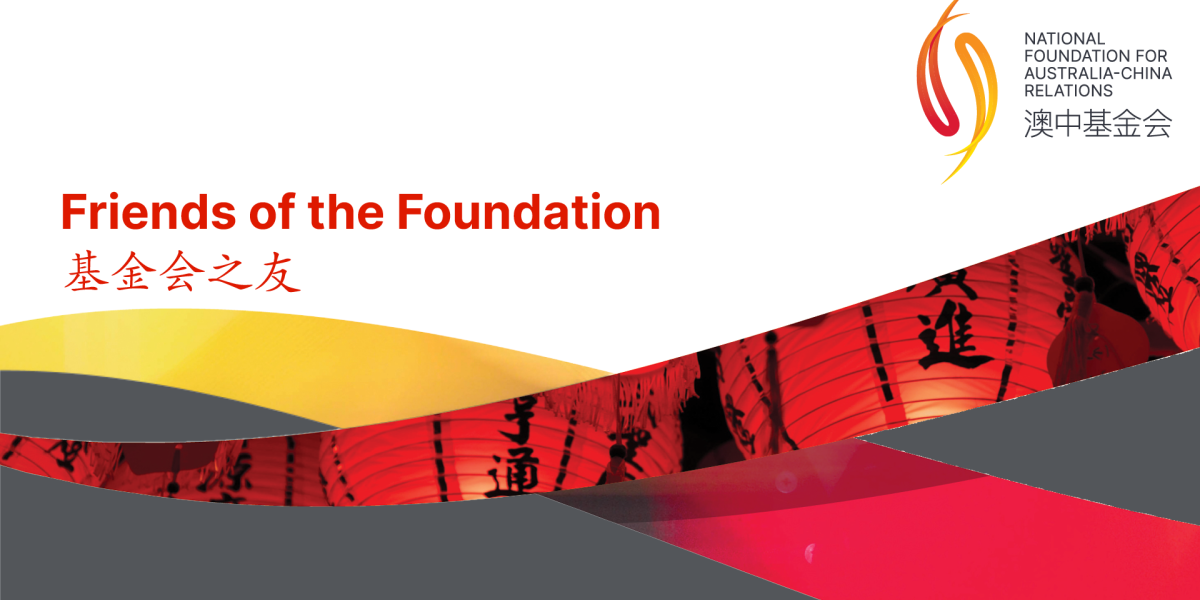
Welcome to the June 2024 issue of the Foundation's newsletter, where you can read more about the Foundation's grants, activities and events.
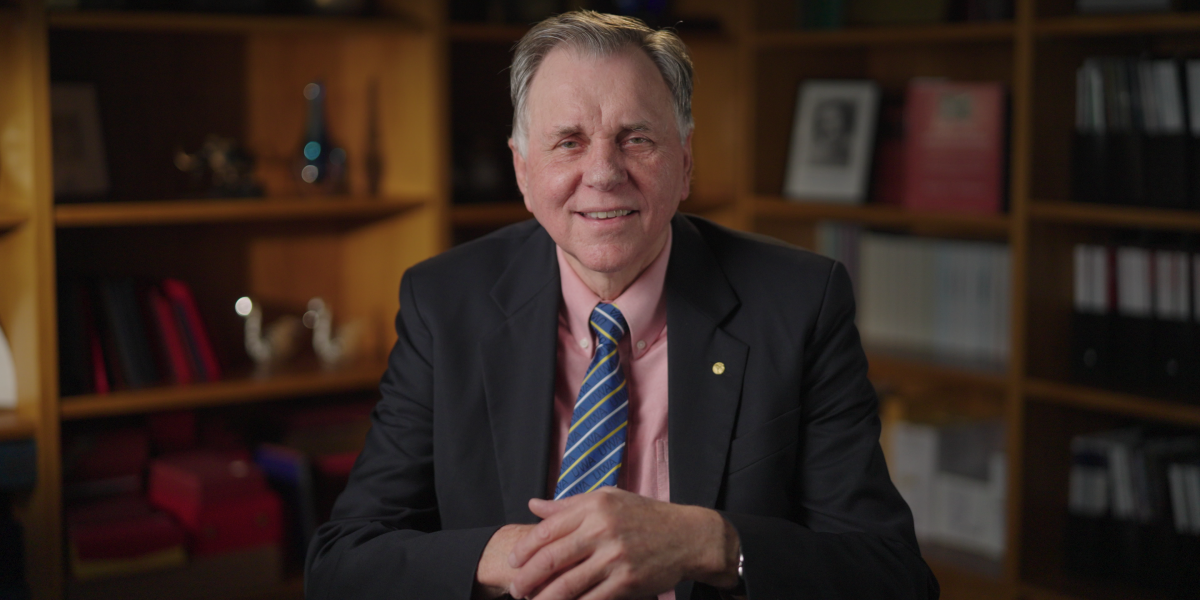
Australian Nobel Laureate Professor Barry Marshall famously ingested a concoction of Helicobacter pylori (H. pylori) to prove his hypothesis that the bacteria were a leading cause of gastric ulcers and cancer.
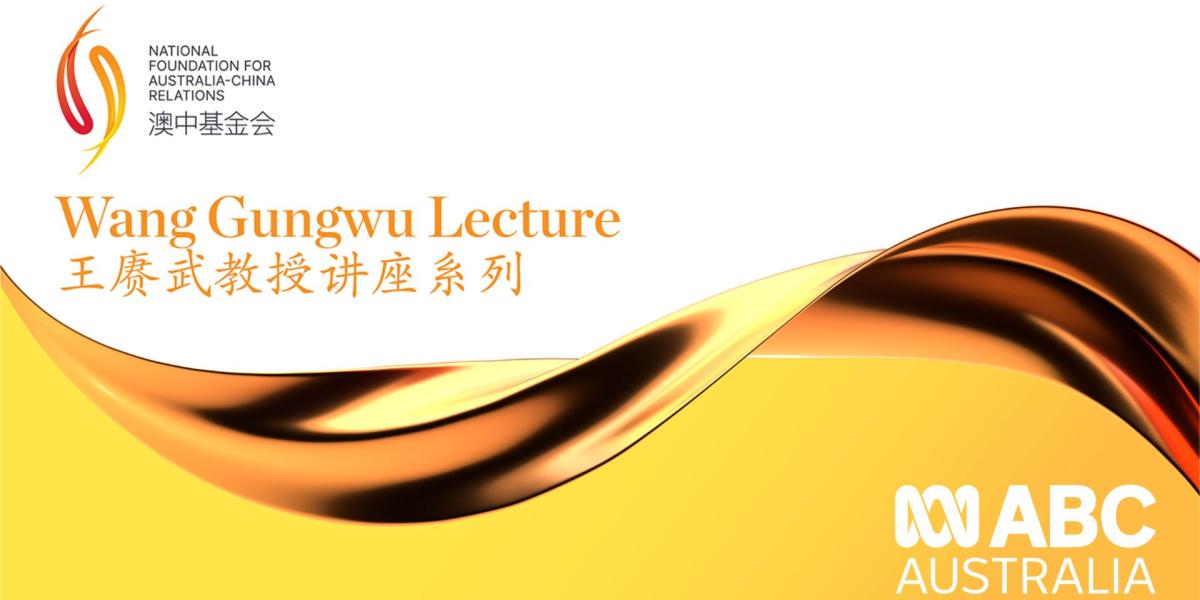
The Wang Gungwu lecture celebrates the substantial and longstanding contributions of Australia's diverse Chinese communities to Australian life. This year's speaker was Ming Long AM, the first woman of Chinese heritage to lead an ASX200 company and Chair of the Diversity Council of Australia.
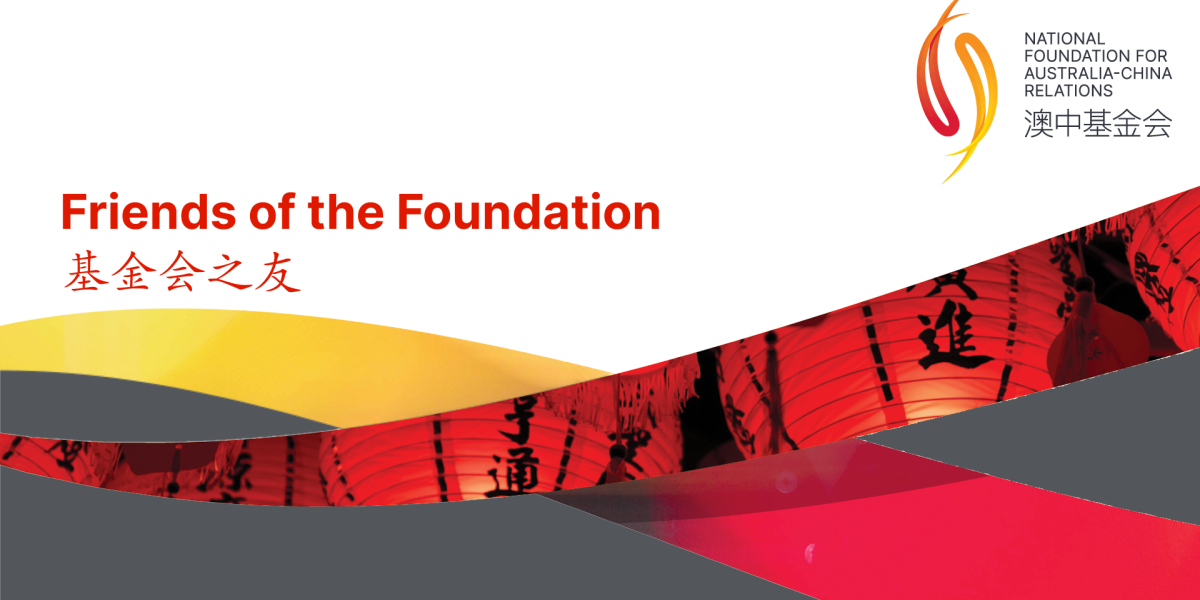
Welcome to the January 2024 issue of the Foundation's newsletter, where you can read more about the Foundation's grants, activities and events.
Australian surf lifesavers are world leaders in aquatic rescue. In 2023 a team travelled to Hainan to teach their skills to lifesavers from across China.
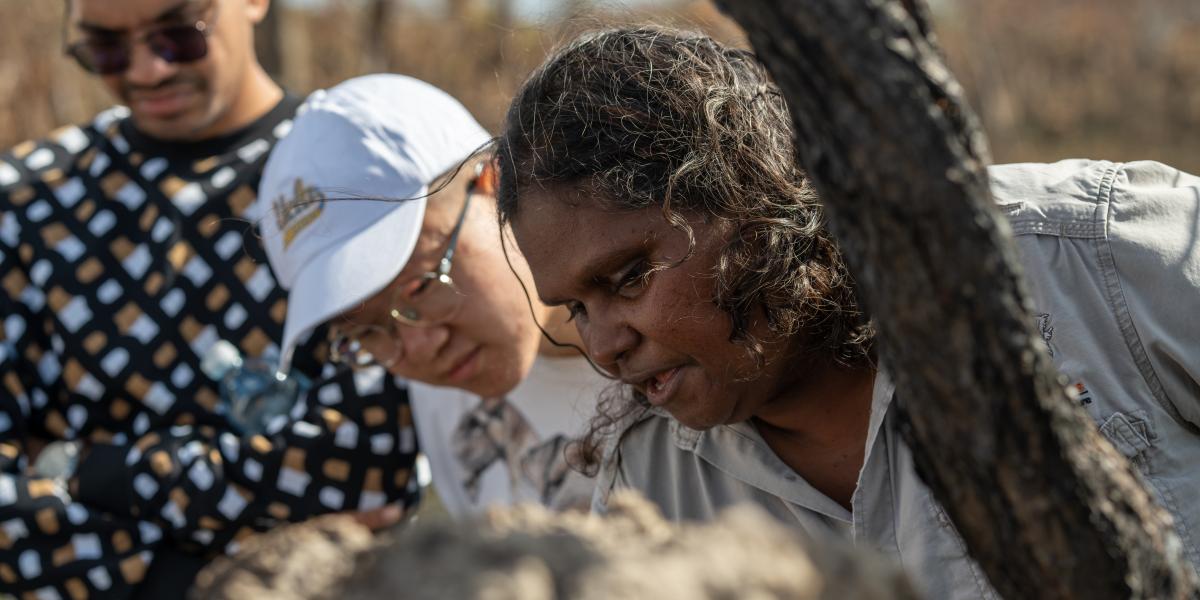
The City of Darwin hosted the inaugural Darwin International Dragon Boat Festival in June 2023.
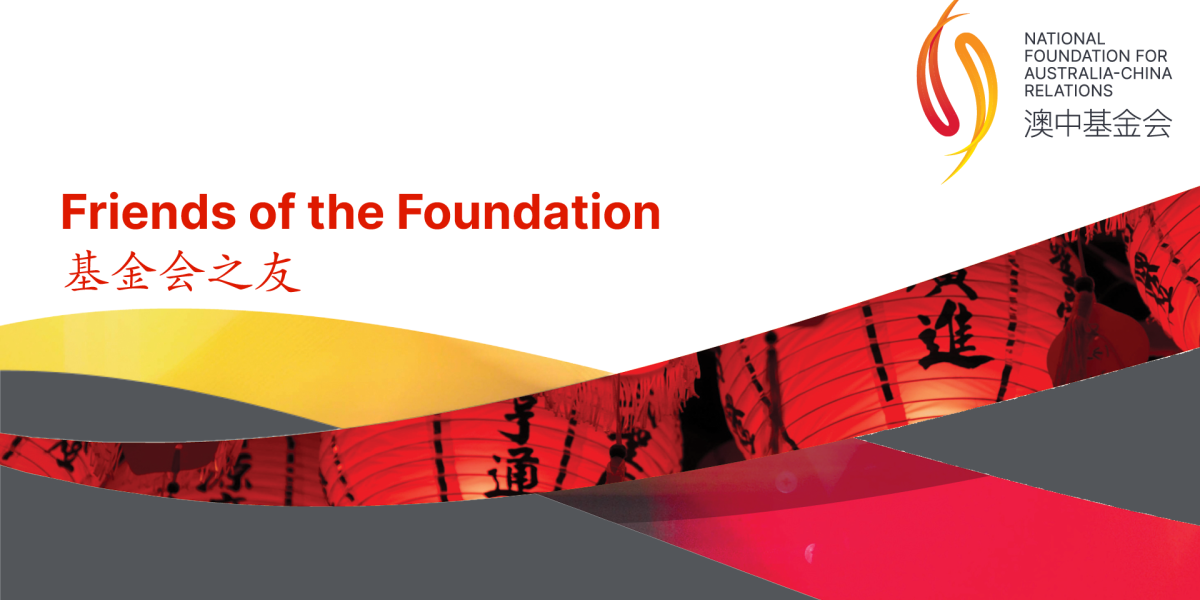
Welcome to the October 2023 issue of the Foundation's newsletter, where you can read more about the Foundation's grants, activities and events.
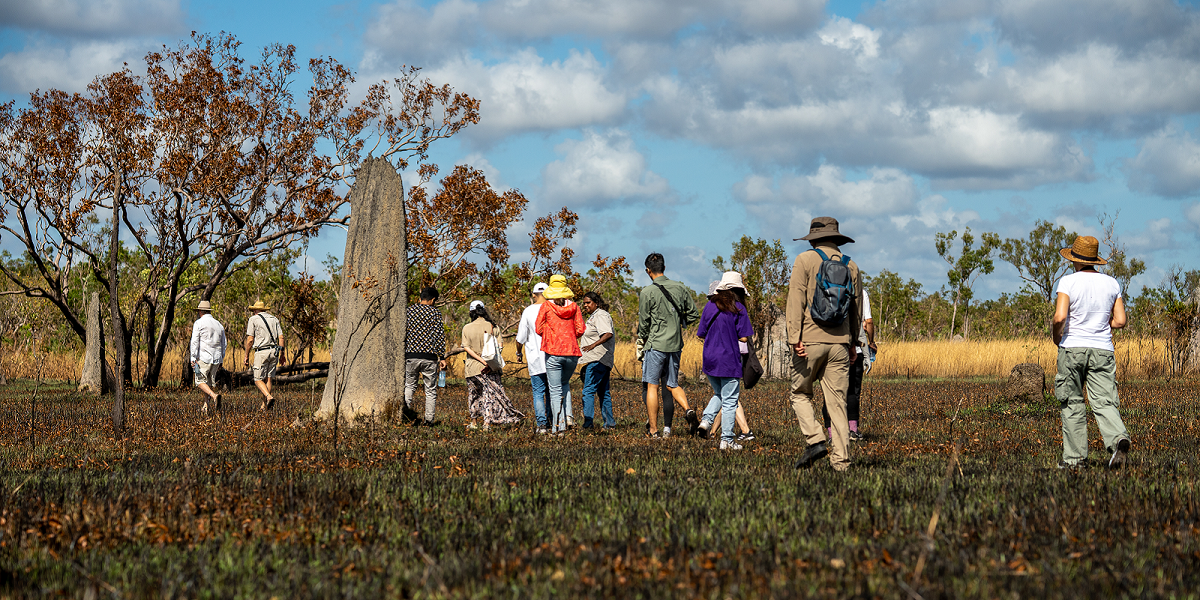
The National Foundation for Australia-China Relations is pleased to announce that the 2023-24 grants round is now open for applications.
Public information sessions will be held online on 29 August (English) and 31 August (Mandarin).
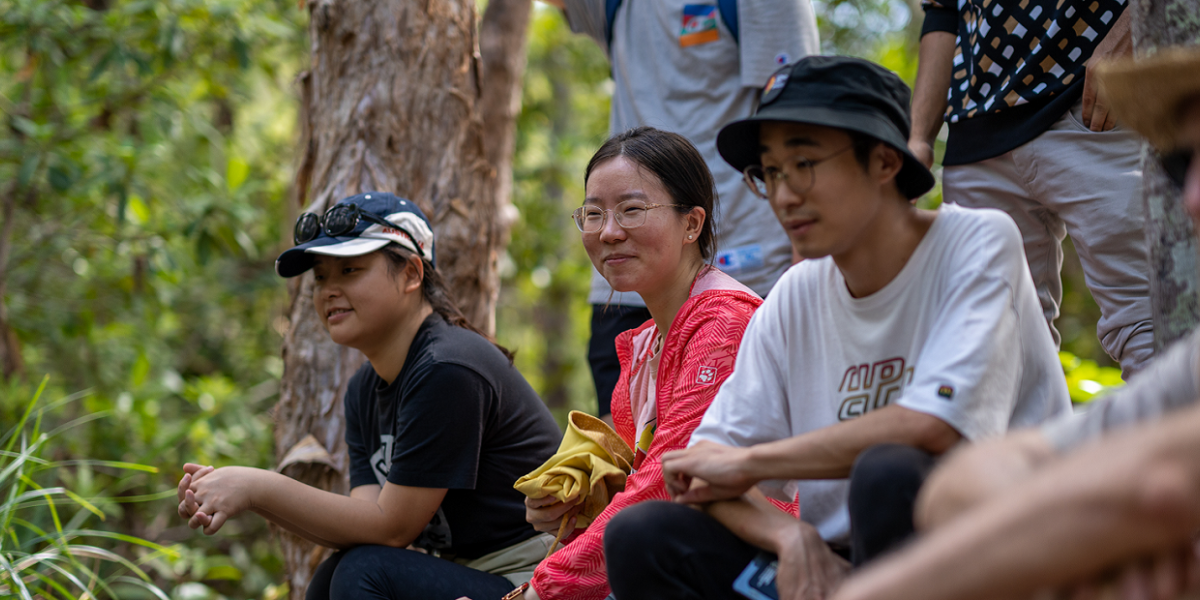
Are you a Chinese international student or a domestic university student with an interest in Australia-China relations? Are you passionate about engaging with the community, developing your leadership skills and growing your professional connections? Find out more about the Foundation’s first Student Ambassador Program, applications close Sunday 27 August.
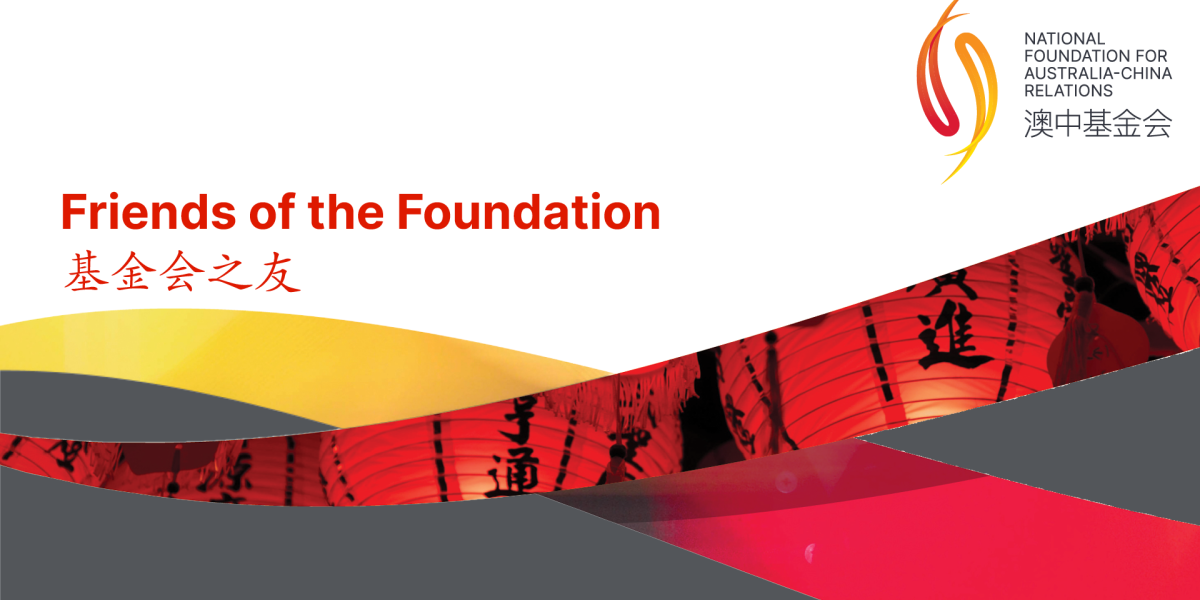
Welcome to issue four of our newsletter, where you can read more about the Foundation's grants, activities and events.
